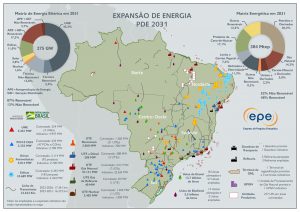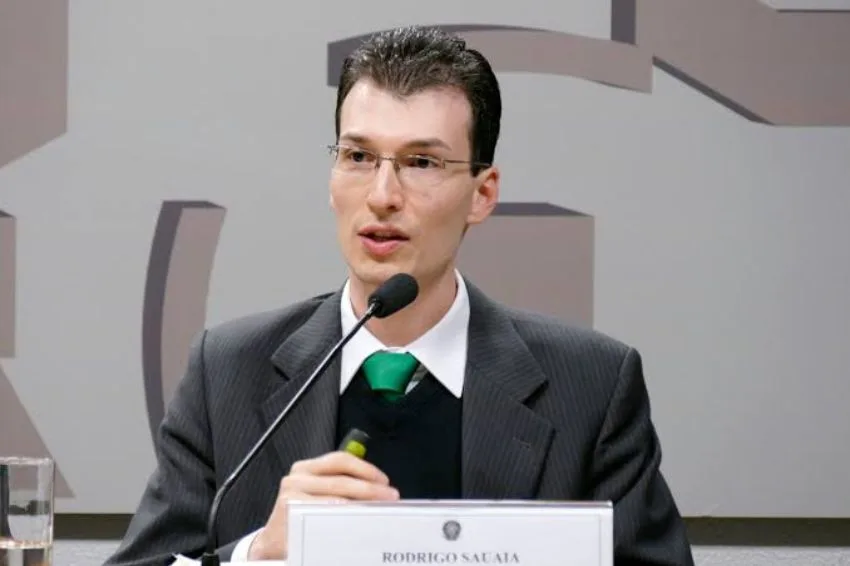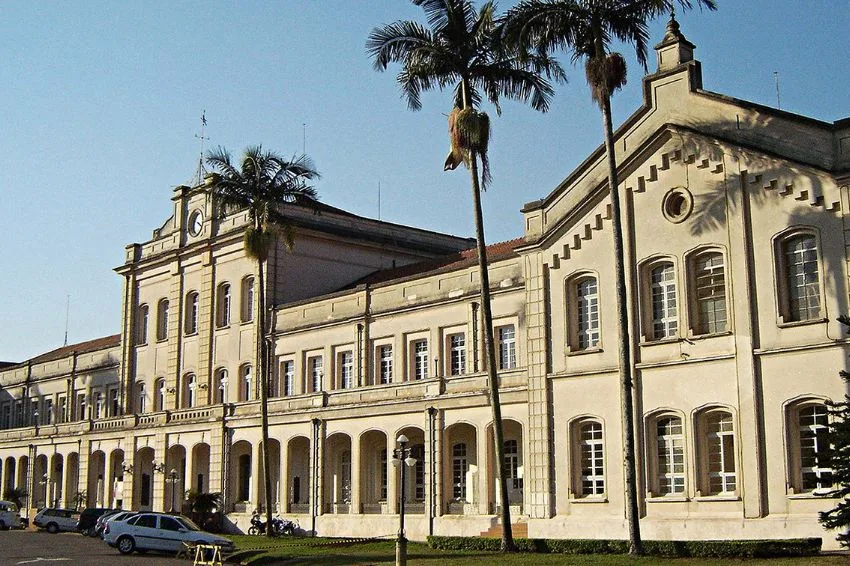O MME (Ministry of Mines and Energy) officially launched, this Thursday (07), the PDE 2031 – the Ten-Year Energy Expansion Plan, whose main objective is to indicate the plans and prospects for the energy sector in Brazil over the next ten years (2022 to 2031).
The main topic of the document, which has more than 400 pages, estimates that the distributed micro and mini generation segment will reach the mark of 37 GW of installed power in Brazil in 2031, thereby benefiting just over four million units of generation.
The study prepared by EPE (Energy Research Company), with support and supervision from the MME, also highlights that solar will remain the main source in the segment, accounting for around 93% of the entire expansion. In other words, just over 34 GW of the 37 GW planned for the entire modality.

The simulations for the next ten years also considered that the growth in the use of bifacial modules in projects will be an increasing trend. “Compared to PDE 2030, the photovoltaic solar source had its useful life increased from 20 to 25 years, taking into account information from typical projects for this type of technology”, highlights the document.
Distributed generation
The new projection presented by PDE 2031 for GD represents an increase of approximately 20% in relation to PDE 2030. In this scenario, the segment, together with self-production, will represent 17% of the national electricity matrix, estimated at 275 GW at the end of the horizon decennial.
EPE also indicates that distributed micro and minigeneration should contribute approximately 7% of the national load. The document also analyzed the competitiveness of behind-the-meter batteries, noting that the cost of this equipment is still high in Brazil, making it difficult to enter until the end of 2031.
However, EPE highlighted that a drop in costs beyond what was predicted could change the projections for this technology and this technology could also be inserted due to other non-economic factors, such as the replacement of diesel generation in businesses.
Centralized generation
According to the national plan, Brazil is expected to record an expansion of 5.8 GW in centralized generation projects, of which 3.1 GW in projects already contracted, and an indication of an additional 2.7 GW. In total, the source will represent around 3.8% of the total electrical energy matrix in 2031.
EPE also points out that 83% of the country's installed electrical generation capacity at the end of the ten-year cycle will be renewable, with wind and solar sources responsible for 27.7% of centralized expansion.
Hydrogen, petroleum and hybrid power plants
The PDE 2031 also projects that, given the estimated economic growth scenario of 2.9% per year, investments of the order of more than R$ 3.2 trillion will be required over the next ten years, with R$ 2.7 trillion related to oil, gas natural and biofuels, and almost R$ 530 billion for the generation and transmission of electrical energy.

It is also worth noting that the new PDE brought, for the first time, a chapter referring to hydrogen which, on a global scale, is considered a source with great potential for decarbonizing the energy matrix.
“Another important aspect about wind and solar photovoltaic sources is the possibility of 'hybridization', that is, the joint connection of photovoltaic and wind plants, discussed for the first time in PDE 2027, as well as in other works already published by EPE in recent years. years”, highlights the document, on page 85.
“Furthermore, the recent regulation of hybrid and associated plants, through ANEEL Normative Resolution No. 954/2021, reinforces the importance of the topic. For modeling purposes, these sources are considered individually in the Plan's studies, which does not affect the development of “associated” projects, which may physically and contractually share the connection infrastructure and use of the transmission system”, highlights the excerpt .
















